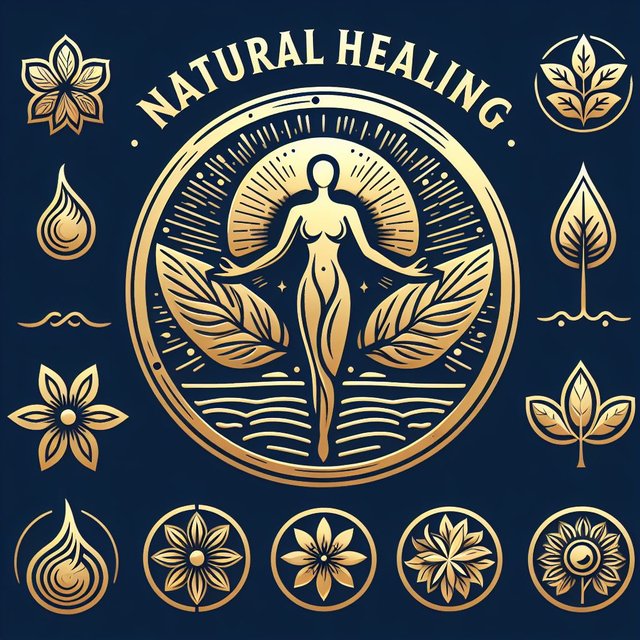Many individuals seek natural, holistic approaches to maintain or regain their health. However, the prices for naturopathic treatments can vary significantly, influenced by numerous factors. This article explores the connections between the cost of naturopathic services and the methods employed, shedding light on the nuances of this field.
The Range of Naturopathic Prices
The pricing for naturopathic treatments is shaped by various elements, one of which is the type of treatment itself. For instance, a straightforward herbal consultation may cost significantly less than a complex acupuncture or myofascial trigger point therapy session. Different treatments require varying levels of expertise and time investment, which directly impacts their pricing.
Naturopathy is rooted in a comprehensive, multifaceted approach aimed at fully supporting patients on their healing journey. Treatments are tailored to meet individual needs and conditions. Established methods, such as moxibustion, cupping, or the placement of permanent needles, may be incorporated as necessary. Importantly, there is often no additional charge for these complementary therapies; the primary focus remains on ensuring that the treatment is as effective and personalized as possible without imposing financial burdens on patients.
Types of Naturopathic Treatments
The type of treatment sought is a primary determinant of the cost. As previously mentioned, more complex therapies, such as acupuncture or myofascial trigger point treatments, often demand higher prices due to the specialized knowledge and skill required. For example, acupuncture, an ancient healing method predominantly practiced in Asia, is gaining popularity worldwide. Its prices can range from $30 to $100 or more, influenced by factors such as the practitioner's qualifications, experience, and the location of the practice.
A holistic approach is fundamental in naturopathy, where various methods—such as acupuncture, auricular acupuncture, reflexology, moxibustion, cupping, laser pain therapy, laser acupuncture, Bach flower therapy, and others—are utilized in conjunction to achieve effective results. Each treatment is aligned with the patient's condition and needs, enhancing the overall effectiveness of the healing process.
Unfortunately, some practitioners operate on a "margarita pizza" principle: while the base treatment may be priced low, additional “small extras” can significantly increase the final cost, ultimately leading to exorbitant expenses. In contrast, transparent pricing structures based primarily on treatment duration can enhance trust and accessibility. Patients should be assured that there are no hidden fees or separate charges for additional therapies, as the primary aim is to make treatments effective and affordable without compromising on quality.
The Role of Tools and Materials
The quality and cost of the tools and materials used in treatments also significantly influence the final price. Naturopathy often involves the use of specialized equipment such as biofeedback devices, energy meters, or diagnostic tools, the costs of which may be factored into treatment fees. It is essential to use high-quality tools and consumables, including permanent needles and other supplements, to ensure effective and safe treatment. The reliability and quality of these tools are critical in delivering effective care, and there should be no compromises in this area.
Geographical Location of the Practice
The geographical location of a naturopathic practice is another important factor that can influence treatment prices. In urban centers, particularly large cities, naturopathic treatments tend to be more expensive than in smaller towns or rural areas. This discrepancy often arises due to higher rent prices and living costs in metropolitan areas, as well as greater demand for healing services. However, practitioners who own their premises may not need to incorporate rent costs into their treatment prices, allowing for more competitive pricing without sacrificing quality.
Professional Experience and Reputation
The pricing of naturopathic services is also shaped by the practitioner’s experience and reputation. Established professionals with years of experience often charge higher fees, as their expertise can provide patients with a sense of assurance regarding the quality of care. It is beneficial for patients to research their options thoroughly before selecting a practitioner, as the effectiveness of treatments often depends more on the practitioner’s experience than on the price.
A passionate commitment to the practice and the well-being of patients can significantly impact how practitioners set their prices. Many aim to keep their services accessible to all while maintaining high standards of care, balancing the need for fair compensation with the desire to foster trust and healing.
Additional Services and Support
In many cases, consultations and coaching are integral parts of treatment, as healing often involves more than just physical interventions. Nutritional counseling, lifestyle coaching, and even meditation techniques can be vital components of a comprehensive healing plan. Some practitioners may charge separately for these additional services, which can significantly raise the overall cost. However, many practitioners believe that these elements are essential for complete healing and incorporate them into their treatment plans without hidden costs.
A Closer Look at Acupuncture
Acupuncture, an ancient therapeutic technique, has gained recognition and popularity worldwide, including in regions where it was once less common. Prices for acupuncture treatments can vary widely, typically ranging from $30 to $100 or more, influenced by factors such as the practitioner’s qualifications, experience, and the location and facilities of the practice. Practitioners of Asian descent may command premium prices due to perceptions of authenticity. However, the effectiveness of acupuncture is less about the cost and more about the practitioner’s experience and skill, emphasizing the importance of thorough research when selecting a practitioner.
It is important to note that acupuncture is not solely an Asian practice; there are many skilled practitioners in other regions who have significantly expanded the knowledge and application of traditional Chinese acupuncture. Their contributions have played a key role in establishing this ancient method as an effective form of treatment.
Conclusion
The relationship between the prices of naturopathic treatments and the methods employed is complex and multifaceted. Understanding the various factors that influence pricing can empower individuals to make informed choices about their health care. By focusing on transparency, quality, and personalized care, practitioners can foster an environment of trust and healing, ultimately promoting better health outcomes for their patients. https://yangsheng.hu/termeszetgyogyasz-arak/
